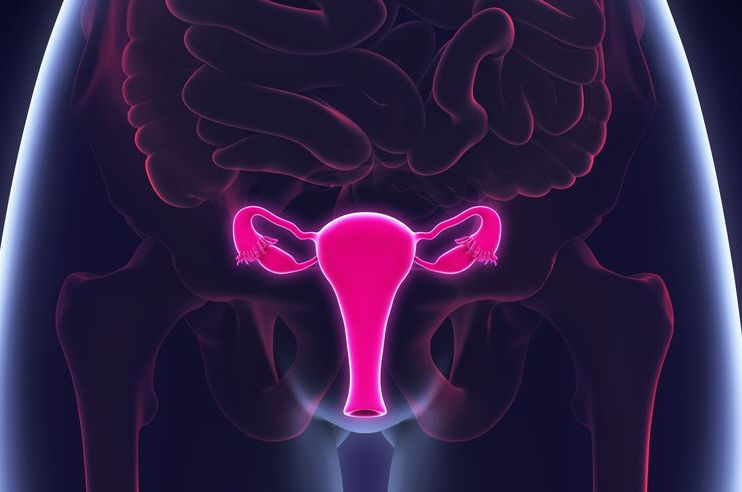Normal Delivery
The delivery of a full-term newborn refers to delivery at a gestational age of 37-42 weeks, as determined by the last menstrual period or via ultrasonographic dating and evaluation. The Naegel rule is a commonly used formula to predict the due date based on the date of the last menstrual period. This rule assumes a menstrual cycle of 28 days and mid-cycle ovulation. Ultrasonographic dating can be more accurate, especially when it is performed early in pregnancy and is used to corroborate or modify a due date based on the last menstrual period.
Stages of normal delivery | First stage
Labour and effacement of the cervix
The first stage of the normal delivery process involves contractions which help the cervix dilate, soften and stretch so that the baby can be delivered. This stage is the longest and can last up to 13 hours during a woman’s first delivery and about 7-8 hours for subsequent deliveries.
This first stage has three sub-stages:
Early labour: The mother becomes aware of the contractions that occur at an interval of every 3 to 5minutes. The cervix dilates up to 4 centimetres. The mother can spend early labour at home. However, the doctor should be informed.
Active labour: The mother transitions to the active phase when the contractions become stronger and morefrequent. They occur at intervals of 3-4 minutes and each one lasts for about a minute.The cervix dilates up to 7 cm. The mother must be taken to the hospital for delivery.The water breaks as labour progress through this stage. Thereafter, contractions further speed
Transition Phase: This is the most painful phase as the cervix dilates to its fullest, at about 10 cms. Painful, strong contractions continue at intervals of 2-3minutes, each lasting 60-90 seconds.
Second Stage
Pushing & birth of the baby: This stage begins after the complete dilation of the cervix. Intense contractions continue, helping push the baby head first through the birth canal. The mother is asked to push with every contraction and may find herself highly fatigued. She may also experience intense pain around the vaginal opening as the baby makes its way out. At this stage, the doctor may decide to make an incision (episiotomy) to widen the vaginal opening to make the baby’s emergence easier. The mother must continue to push till the baby finally makes it out into the world.
Third Stage
Placenta Is Pushed Out: In this final stage of the normal delivery called the ‘afterbirth’, the entire placenta is pushed out through the vaginal canal. The placenta may be delivered from a few minutes to half an hour after the baby is born. The process may be manually assisted by massaging the lower abdomen.
Benefits of normal delivery: The benefits of vaginal delivery include:
Avoids risks associated with instruments used for a c-section delivery.
Lower risk of infection for mother and child
Quicker recovery for mother and shorter hospital stay (24-48 hours as compared to 3 days to a week post caesarean)
The natural bacteria and microbes of the vagina transferred from mother to child boost the baby’s immune system, readying it for life outside the protected womb.
Babies are at lower risk for respiratory problems since the labour contractions help prepare the baby’s lungs for breathing
Normal delivery stimulates lactation because the birthing process activates numerous natural mothering hormones.

Lorem ipsum dolor sit amet, consectetur adipiscing elit. Phasellus ac aliquam velit. Phasellus dapibus cursus erat, quis consequat urna efficitur non. Phasellus cursus, erat quis mollis lobortis, urna risus hendrerit metus, id dictum metus purus vel magna. Nulla non purus sit amet arcu convallis egestas
Lorem ipsum dolor sit amet, consectetur adipiscing elit. Phasellus ac aliquam velit. Phasellus dapibus cursus erat, quis consequat urna efficitur non. Phasellus cursus, erat quis mollis lobortis, urna risus hendrerit metus, id dictum metus purus vel magna. Nulla non purus sit amet arcu convallis egestas
Lorem ipsum dolor sit amet, consectetur adipiscing elit. Phasellus ac aliquam velit. Phasellus dapibus cursus erat, quis consequat urna efficitur non. Phasellus cursus, erat quis mollis lobortis, urna risus hendrerit metus, id dictum metus purus vel magna. Nulla non purus sit amet arcu convallis egestas

COSMETIC SURGERY
Lorem ipsum dolor sit amet, consectetur adipiscing elit. Ut elit tellus, luctus nec ullamcorper mattis, pulvinar dapibus leo.

COSMETIC SURGERY
Lorem ipsum dolor sit amet, consectetur adipiscing elit. Ut elit tellus, luctus nec ullamcorper mattis, pulvinar dapibus leo.

COSMETIC SURGERY
Lorem ipsum dolor sit amet, consectetur adipiscing elit. Ut elit tellus, luctus nec ullamcorper mattis, pulvinar dapibus leo.
